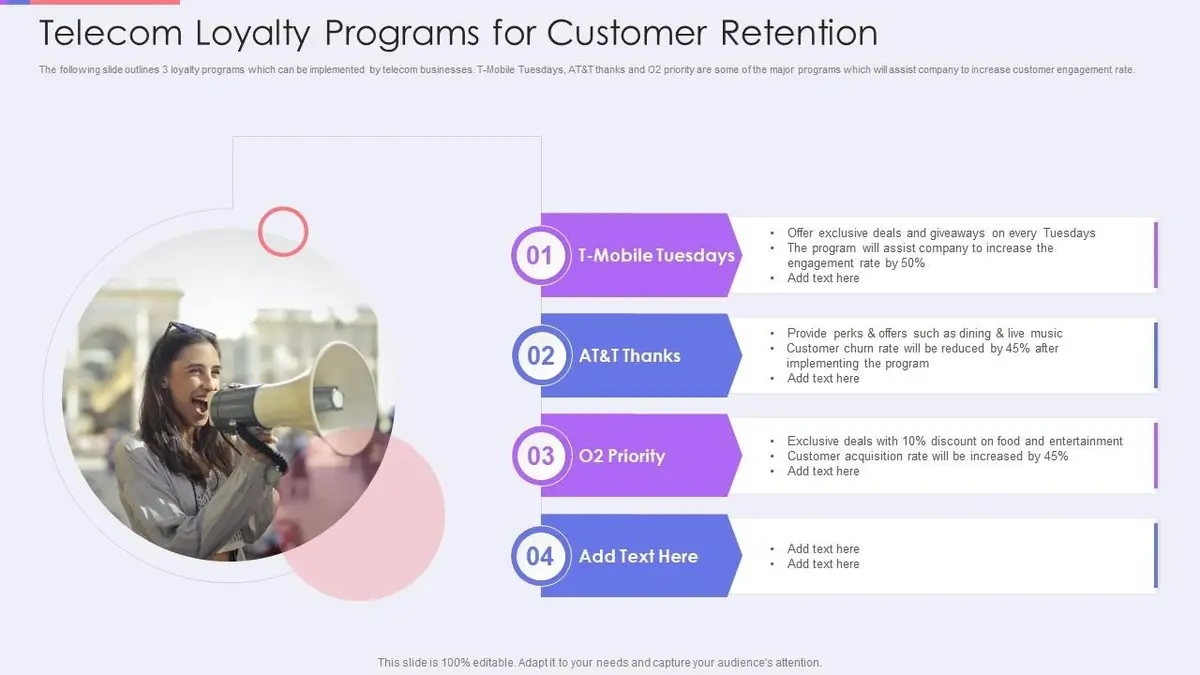In the early days of the web, search engines acted like organized libraries—directing users to websites, blogs, and articles where answers could be found. Today, that system is being dismantled. A radical shift is underway in how people use the internet—and it’s centered around a new kind of search that gives direct answers without sending users to external sources.

At the heart of this change is Google’s latest innovation: AI-powered search summaries. While it might appear convenient for users, it presents serious challenges for publishers, marketers, and the businesses that rely on search traffic.
What Are AI Search Summaries?
These are concise, auto-generated responses that appear at the top of Google’s results. Instead of a list of links, users get an immediate, structured answer to their question—often without needing to click anything else.
This new feature is now part of Google’s “AI Mode,” and it’s already affecting millions of searches. According to recent data:
- Around 20% of all Google searches now include an AI summary.
- This rises to 60% for question-based searches and 36% for full-sentence queries.
Click Rates Are Plummeting
One of the most alarming changes is how little traffic these summaries generate for content creators.
- Traditional search results yield around 15% click-through.
- AI summaries, on the other hand, drive clicks in only 8% of cases.
- Links cited within the AI summary get clicked just 1% of the time.
For businesses, blogs, and media outlets that rely on organic traffic from Google, this is a wake-up call. Their content is being used to generate answers, but users no longer need to visit their pages.
Read Also: How Bots and the Internet Are Undermining Scientific Research Integrity in 2025
SEO Is Being Replaced by GEO and AEO
To survive in this changing landscape, digital marketers are shifting strategies. Two new optimization frameworks are emerging:
1. Generative Engine Optimization (GEO)
GEO focuses on making content easily digestible for generative models—tools that build responses from a mix of online data. It emphasizes:
- Structured content formats
- Clear language
- Use of factual bullet points and summaries
2. Answer Engine Optimization (AEO)
AEO is about answering questions directly and effectively so that your content becomes the source for these new summaries. It focuses on:
- FAQs and natural question-answer formats
- Schema markup and structured metadata
- Aligning content with specific queries users type
Search Is Now About Resolution, Not Discovery
The old system was built on link discovery—users searched, then browsed. The new system is focused on resolution—users ask, and the engine gives one precise answer.
This subtle but powerful change shifts the entire logic of digital visibility. Today’s content creators must think not in terms of ranking but in terms of helpfulness. That means:
- Solving a specific need clearly
- Using headers, lists, and short answers
- Writing with context rather than fluff
Smaller Sites Are Losing Ground
Large platforms like Google are benefiting from keeping users within their ecosystem. As fewer people click through to websites, publishers and niche blogs are losing visibility and revenue.
Without a steady stream of search traffic, content creators may face:
- Declining ad revenue
- Fewer newsletter signups
- Reduced affiliate sales
- Less brand exposure
For smaller teams or independent sites, this is more than a trend—it’s an existential threat.
Read Also: Intel Spins Off Its Network & Edge Business: A Turning Point in Corporate Strategy
The Business Model of the Web Is Being Rewritten
The internet once thrived on a balance between creators and platforms. Search engines helped users discover content, and creators were rewarded with traffic. But with the rise of direct-answer search, that contract is breaking.
- Fewer users explore websites.
- More content is extracted and displayed without attribution.
- Users see answers, not authors.
The economy of clicks and visits is being replaced by an economy of instant results. This leaves little room for the people who originally built the content.
How Can Marketers and Publishers Adapt?
This disruption doesn’t mean all hope is lost. It means the strategy must evolve. Here are some smart moves:
- Build for user intent: Focus on specific problems and deliver answers that satisfy those exact needs.
- Adopt FAQ-style writing: Break content into small, digestible answers that can easily be summarized.
- Use structured data: Implement schema markup to help search engines understand and extract your content accurately.
- Invest in authority: Establish expertise in a niche so your content becomes the go-to source.
And perhaps most importantly:
- Diversify traffic sources: Don’t depend solely on Google. Explore newsletters, social media, direct traffic, and partnerships.
Read Also: Keyword Cannibalization in 2025 – How to Stop Your Pages Competing and Boost Rankings
Final Thoughts
The internet is changing faster than ever. As AI summaries and answer-first search become the norm, websites must rethink how they connect with users. What worked in 2015 or even 2020 may no longer apply in 2025.
Marketers, publishers, and content creators must adjust their strategies to stay relevant. The goal is no longer just to be seen—it’s to be useful, authoritative, and structured in a way that today’s search platforms can understand.
Those who adapt quickly will thrive. Those who cling to the past may fade into digital obscurity.



